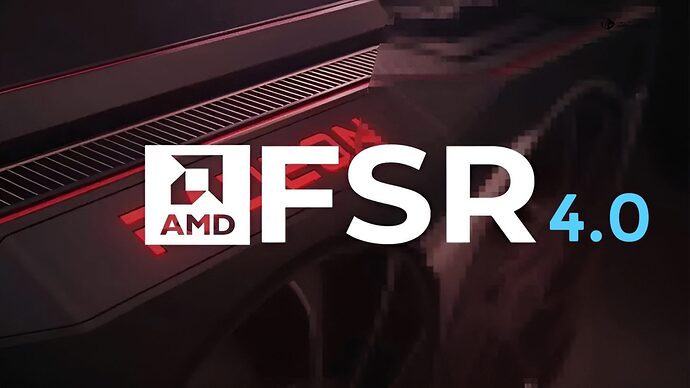AMD’s FSR 4 Brings Exceptional Visual Enhancements With the Radeon RX 9070 XT GPU, But You Might Need to Settle for Lower FPS
AMD’s FSR 4 upscaling technology is infused with several capabilities, but gamers might ignore one downside: the computational cost associated with using it.
AMD’s FSR 4 Is a Resource-Intensive Upscaling Tech, Mainly Due To AI-Focused Implementations
For those unaware, AMD just expanded its FidelityFX suite, with the newer 2.0 update, which will now allow developers to easily integrate the FSR tech stack into their game and eventually leverage technologies such as FSR 4. Now, interestingly, the X user @opinali has managed to test out FSR 4 with the FFX SDK 2.0 release, and through the FFX API, the Radeon RX 9070 XT was tested with the latest version of AMD’s upscaling technology. The results might sound a bit surprising, and show our readers how the technology is computationally expensive.
In the sample I can pick the FSR version. With FG off, vsync off:
9070 XT, FSR 3.1.5: 290fps
9070 XT, FSR 4.0.2: 276fps
RTX 5080, FSR 3.1.5: 356fps
Upscale time is FSR3.1=0.51ms, FSR4=0.70ms. FSR4 costs +37% GPU; still a small fraction of total frame even for this simple demo.
The user tested the RX 9070 XT without Frame Generation and V-Sync, and with the GPU, he obtained 276 FPS with FSR 4.0.2. However, under the same environment, the GPU scored 290 FPS with FSR 3.1.5, which indicates that a performance jump isn’t necessary with a newer version of the upscaling technology. The user also notes that upscale time also sees a jump with FSR 4, with a 37% higher GPU utilization, hence making it evident that employing AMD’s current upscaling tech will cost you FPS.
Now, there’s a reason for this, mainly with how AMD upscales your image with the FSR versions. The older one, FSR 3, which relied on older AI engines and wasn’t a fully-tuned AI model like FSR 4 (DP4a on other GPUs), which is cheaper regarding GPU resources, but the image reconstruction isn’t as detailed. With FSR 4, Team Red brought in AI-accelerated techniques like motion vectors or temporal data usage, which is an expensive route in terms of GPU compute. Hence, the drop in the above testing is clearly justified here.
Interestingly, the FPS dip is only for a small fraction of the rendering workload, which means that for an average gamer, it won’t matter much in gaming sessions. Of course, if you prefer visual performance over FPS, FSR 4 is the way to go, but in competitive scenarios, avoiding upscaling technologies is the way to go.
